The Pros and Cons of Cross Draw Carry
By Zac C.
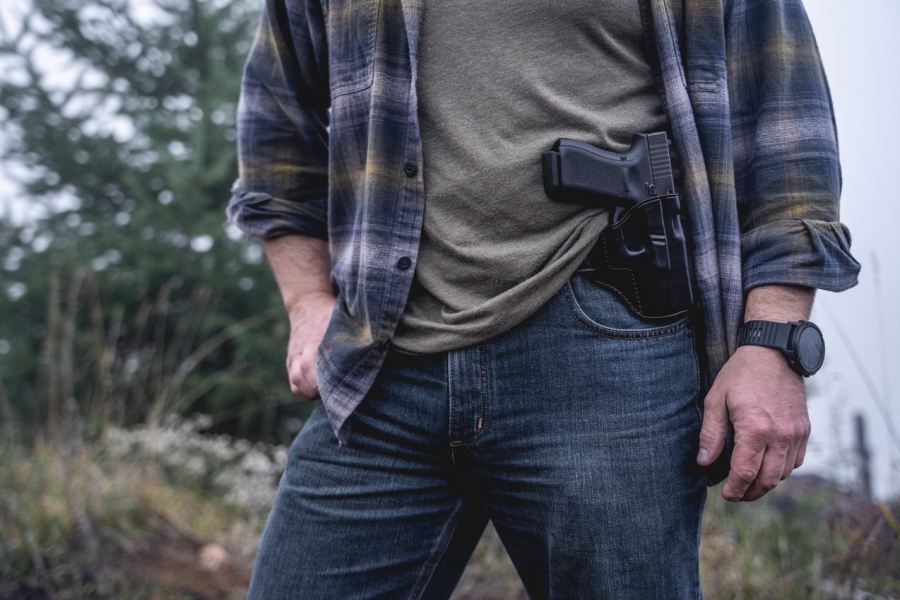
Cross draw carry may seem like an afterthought to many modern shooters, but it’s hard to imagine a more iconic carry method. For many years it was the most hardworking, practical holster system money could buy.
Holstering a firearm butt-forward and reaching across the torso to draw made perfect sense to defend yourself while seated - not to mention it looked incredible. Gunslinger chic and modern usability are two different things, naturally, and the majority of handgun owners now choose to carry their firearm on the strong side hip.
However, there are still plenty of times when the classic crossdraw is the best holster for the job.
Who Prefers Cross Draw?
In a variety of situations, cross draw is much more comfortable than a strong-side hip holster. Reaching across the torso is easier when seated than reaching for the strong-side hip.
Bodyguards, long-distance drivers, people who use wheelchairs, and anyone else who spends a good amount of time sitting may prefer cross draw to other holstering methods.
Outdoorsmen and hunters may prefer the crossdraw position because it keeps the handgun clear of other gear like pack straps and rifle stocks.
Older shooters who have joint problems often also like crossdraw holsters, because of the lesser shoulder rotation required to draw compared to a strongside holster.
Pros and Cons of a Cross Draw Holster
The Benefits
Comfort and nostalgia aside, cross draw’s other strengths have a lot to do with the situation at hand. When driving, for instance, it’s much better to be properly armed than to have the false security of a handgun in your glove box. If you encounter a threat, chances are there won’t be time to reach and find it. Whether it’s concealed inside or outside the waistband, your firearm will be discreetly within reach.
Drawing from across the torso can also be less obvious than reaching for a gun on the strong side. If you perceive a possible threat, you may be able to access your handgun without drawing too much attention. And when necessary, a cross draw weapon can still be accessed by the weak hand - or even serve as a back-up to your primary gun.
Potential Drawbacks
However, there are several downsides. As with any holster type, it’s safer and more responsible to be aware of them before you buy.
The first of these is draw safety. Drawing a firearm from across the body should be done with extra care, as incorrect technique can cause you to sweep other people with the muzzle, especially in a defensive situation in public. There is also the danger of sweeping your own support arm with poor technique. To protect yourself and others, you’ll want to get cross-draw specific training and practice often. Always keep your support arm lifted and out of the way as you draw. This will protect your arm while preparing you to quickly get your sights on target.
Draw speed is another place where you may find yourself playing catch-up. You won’t see much cross draw technique in mainstream competitive shooting like IPSC and IDPA. It puts a standing marksman at an ever-so-slight time disadvantage that can make all the difference in those sports.
And perhaps most importantly, crossdraw can sometimes make the handgun harder to conceal and easier to snatch away from the carrier. Especially if your gun is visible, a close-range attacker may attempt to grab it. Consider preparing for this possibility by learning weapon retention techniques and remaining vigilant in crowds or murky situations (good ideas regardless of how you carry).
Limitations
Most competitive shooting sports do not permit cross draw carry. Additionally, most shooting ranges and training academies limit or prohibit it for safety reasons. There is an increased risk that anyone standing behind or around the shooter as they draw could become an accidental target - especially if that shooter is inexperienced or untrained.
Choosing the Right Cross Draw Holster
In the end, for many shooters, choosing to carry cross draw simply comes down to personal preference. Once you’ve decided that it’s right for you, the next step is to find the right system. The safety, effectiveness, and experience of any carry style largely comes down to the quality of your holster, and this is especially true for cross draw. Because it is butt-forward and angled more toward the body than a typical hip holster, you need a rigid holster system that will stay in place as you move. You’ll also want one that fits your ergonomic needs and makes drawing as smooth as possible.
Our premium leather cross draw holsters combine classic style with bespoke, up-to-date craftsmanship. Our offerings include holsters with a neutral or butt-forward cant that can accommodate revolvers of different sizes and barrel lengths.
If you frequently change your carry style depending on the situation, it’s worth it to consider a flexible holster system. Most Galco cross draw holsters are adjustable and can also be worn strong side, and some are ambidextrous.
As with all holsters, choosing the crossdraw method is a personal choice. After all, that’s the spirit of cross-draw carry - it doesn’t have to work for anyone but you.
More Topics from Galco
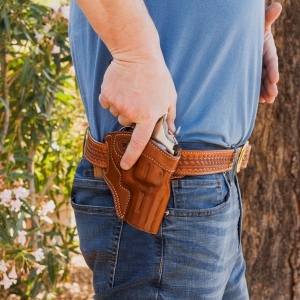 Best Leather Holster for Colt Python:... |
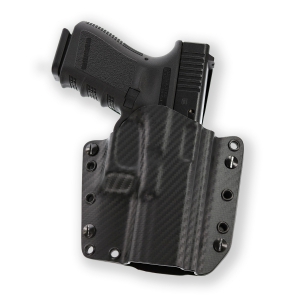 Nah, modern guns! |
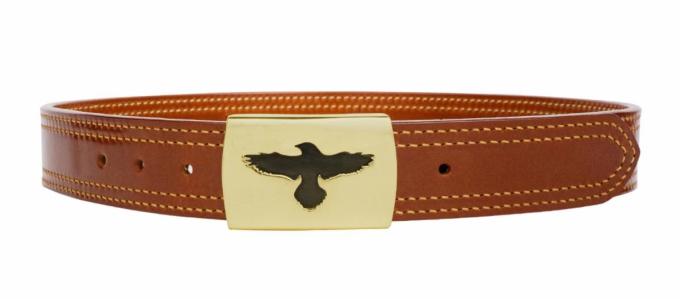 Introducing Galco's SB32 Flat Back... |
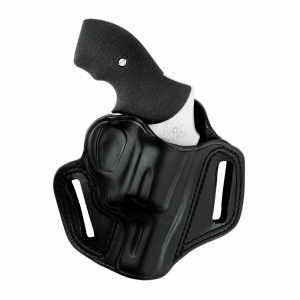 Galco's Improved Combat Master Belt... |
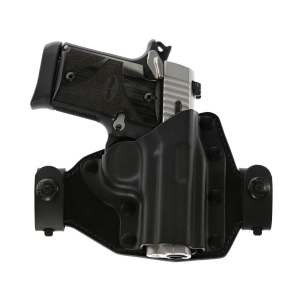 SHRINK IT AND PINK IT? |











